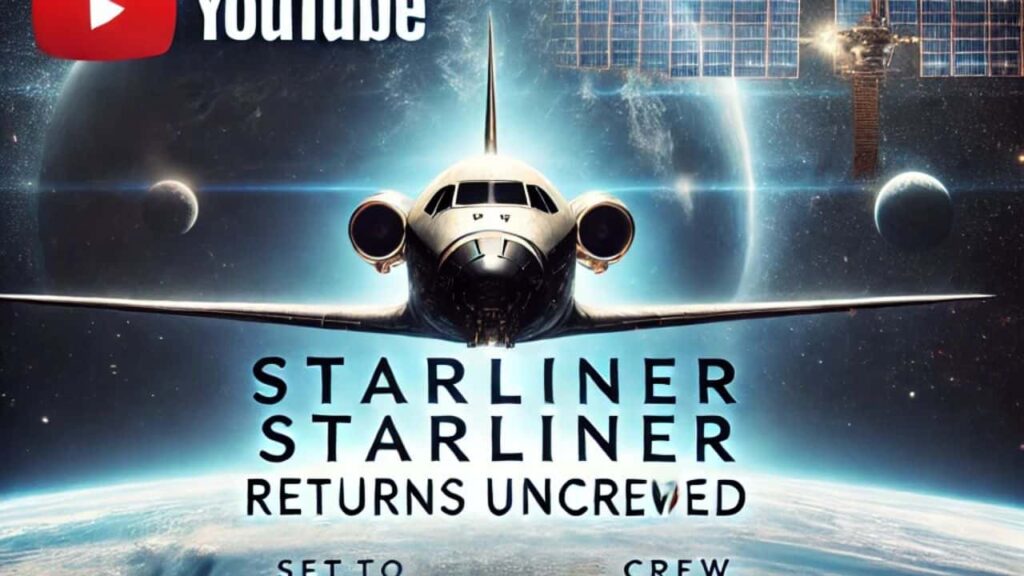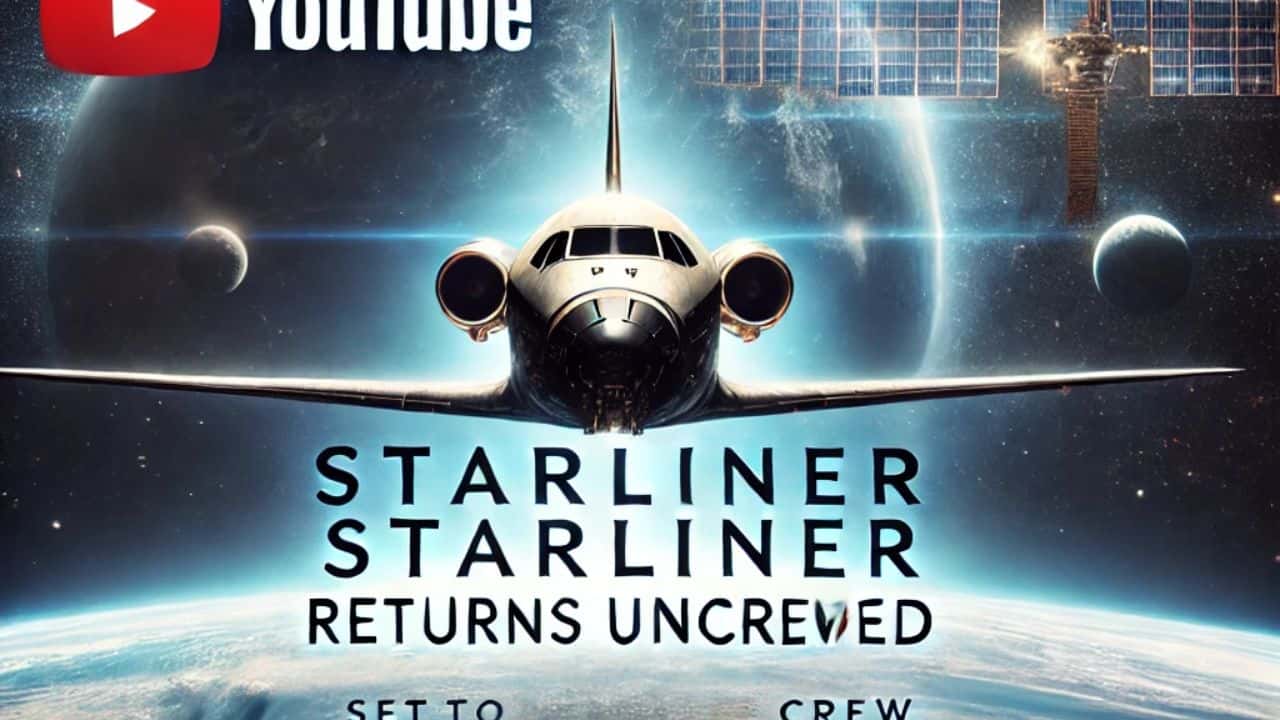Boeing Starliner, NASA Commercial Crew Program, spacecraft return, uncrewed mission, International Space Station, ISS, space exploration, Sunita Williams, Crew Flight Test, NASA safety
Discover the details behind Boeing’s Starliner spacecraft’s uncrewed return to Earth next week. Learn about the challenges, safety measures, and implications for NASA’s Commercial Crew Program as the spacecraft undergoes critical testing for future crewed missions.

The Starliner Mission and Its Challenges
The Boeing Starliner was developed as part of NASA’s Commercial Crew Program, which aimed to re-establish the United States’ ability to launch astronauts from American soil following the retirement of the Space Shuttle. However, the Starliner program has encountered numerous setbacks since its inception, including software glitches, valve issues, and delays that have postponed its full operational deployment.
Boeing’s Starliner spacecraft is set to return to Earth next week, marking a significant step in the ongoing testing and development of the spacecraft designed for NASA’s Commercial Crew Program. This return will be unique as it will occur without any astronauts on board, a decision that highlights both the challenges and the cautious approach being taken by NASA and Boeing to ensure the spacecraft’s reliability and safety.
The most recent challenge arose during the Starliner’s stay at the International Space Station (ISS). Technical issues with the spacecraft, including concerns about its thrusters and other critical systems, led NASA to decide against bringing astronauts back on the Starliner for this mission. Instead, astronauts Butch Wilmore and Sunita Williams, who were initially slated to return on the Starliner, will remain aboard the ISS and are expected to return to Earth at a later date via a different spacecraft【8†source】【9†source】.
The Decision to Return Uncrewed
NASA’s decision to return the Starliner without its crew underscores the agency’s commitment to safety and its methodical approach to resolving technical issues. By opting for an uncrewed return, NASA and Boeing can gather valuable data on the spacecraft’s performance during re-entry without risking the lives of astronauts. This data will be crucial for future missions and will help in refining the Starliner for regular crewed flights【9†source】.
The return of the Starliner is scheduled for early September, with the spacecraft set to undock from the ISS and re-enter Earth’s atmosphere autonomously. This mission will test the spacecraft’s systems, including its heat shield and landing mechanisms, in preparation for future crewed flights. The decision to conduct the mission autonomously also reflects the cautious approach being taken to ensure that all systems function correctly under the most controlled conditions possible【10†source】.
Implications for NASA’s Commercial Crew Program
The success of the Starliner program is critical for NASA’s broader goals in space exploration. The Commercial Crew Program, which also includes SpaceX’s Crew Dragon, was established to provide the United States with reliable access to space, reducing dependence on Russian Soyuz spacecraft. SpaceX has already successfully flown several crewed missions to the ISS, placing additional pressure on Boeing to deliver a comparable solution.
The delays and issues with the Starliner have led to concerns about Boeing’s ability to meet the program’s requirements. However, NASA has remained supportive of Boeing, emphasizing the importance of having multiple spacecraft capable of transporting astronauts to the ISS. This redundancy is seen as vital for maintaining a continuous human presence in low Earth orbit and for future missions to the Moon and Mars.
The Future of the Starliner Program
Looking ahead, the success of the upcoming uncrewed return mission will be pivotal for the Starliner program. If the spacecraft performs as expected, it will pave the way for crewed missions in the near future. However, any additional issues could lead to further delays and necessitate more extensive redesigns or modifications.
Boeing, for its part, remains committed to resolving the technical challenges and delivering a reliable spacecraft. The company has invested heavily in the Starliner, viewing it as a cornerstone of its future in space exploration. The lessons learned from this and previous missions will likely shape the future of not only the Starliner but also Boeing’s broader role in human spaceflight【8†source】【10†source】.
Conclusion
The upcoming return of Boeing’s Starliner spacecraft to Earth without its crew is a critical moment in the ongoing development of NASA’s Commercial Crew Program. It reflects the challenges inherent in developing new spacecraft and the importance of a methodical, safety-first approach. While the Starliner has faced significant setbacks, its successful return could mark a turning point, bringing NASA and Boeing one step closer to regular crewed flights to the ISS and beyond.
Read More
- NASA and Sierra Space Dream Chaser Arrives in Florida for Launch Prep
- NASA Citizen Scientists Discover Hypervelocity Star Escaping Milky Way at 1 Million MPH
- NASA Citizen Scientists Discover Hypervelocity Star Zooming Out of the Milky Way
- NASA Artemis Generation: Cultivating the Moon Trees Across America










